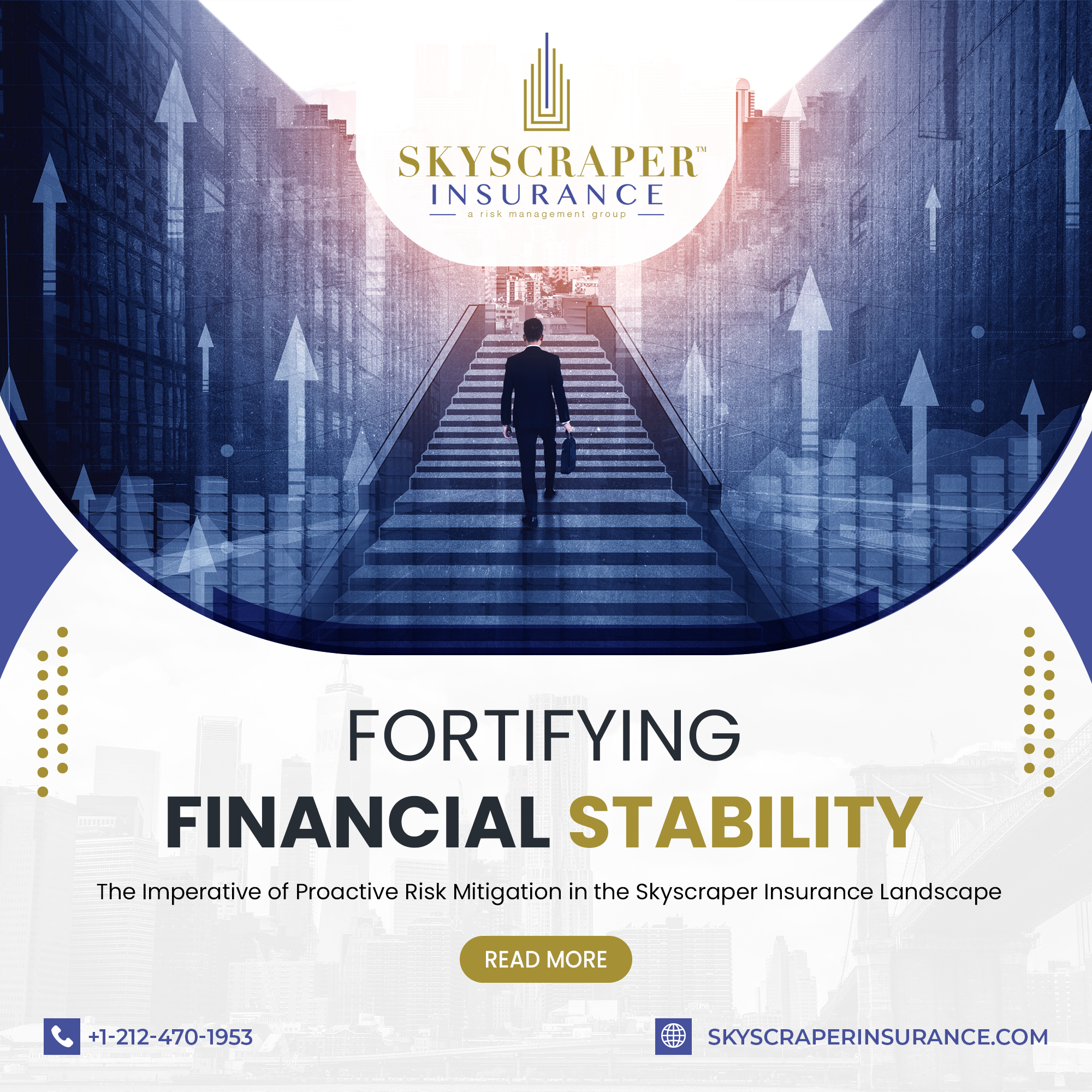Introduction:In the dynamic realm of Skyscraper Insurance, the principles of financial resilience and risk mitigation have assumed paramount importance. As we navigate through an era marked by climate volatility and economic unpredictability, the need for proactive measures to safeguard financial stability has never been more pressing. This article explores the evolving landscape of Skyscraper Insurance, examining the challenges faced and the strategies employed to fortify against potential risks.
Rising Challenges:The journey towards financial stability in the Skyscraper Insurance sector is fraught with challenges. A significant concern is the projected 6% increase in insurance premiums expected during the 2024 renewal period. However, luck may play a fickle role in determining the extent of this rise. Furthermore, the industry has been shaken by an alarming 19.8% average annual surge in rates witnessed between 2021 and 2023, driven by inflationary pressures and the escalating frequency of extreme weather events. This surge has been punctuated by numerous billion-dollar weather and climate disasters, necessitating a reevaluation of traditional risk assessment methodologies.
Industry Response:In response to the heightened risks associated with certain geographical areas, several prominent insurance firms have made the strategic decision to cease underwriting coverages, highlighting the urgent need for a proactive approach to risk mitigation. This shift underscores the pivotal role played by insurers in shaping the resilience of the Skyscraper Insurance landscape. It also serves as a call to action for stakeholders to reevaluate existing risk management strategies and embrace innovative solutions to address emerging threats.
Navigating Uncertainty:Navigating the uncertain terrain of Skyscraper Insurance requires a multifaceted approach. It involves not only identifying potential risks but also implementing robust risk mitigation measures to protect against them. By fostering a culture of preparedness and resilience, insurers can better withstand the challenges posed by volatile market conditions and environmental uncertainties. Collaboration between industry players, policymakers, and other stakeholders is essential to develop comprehensive risk management frameworks that can adapt to evolving threats and ensure long-term financial stability.
Conclusion:As we chart a course through the complexities of the Skyscraper Insurance landscape, one thing remains clear: proactive risk mitigation is key to fortifying financial stability. By acknowledging the challenges posed by climate change, economic fluctuations, and other external factors, stakeholders can proactively implement measures to mitigate risks and safeguard against potential losses. Through collaboration, innovation, and a steadfast commitment to resilience, the Skyscraper Insurance industry can navigate through uncertainty and emerge stronger than ever before.




